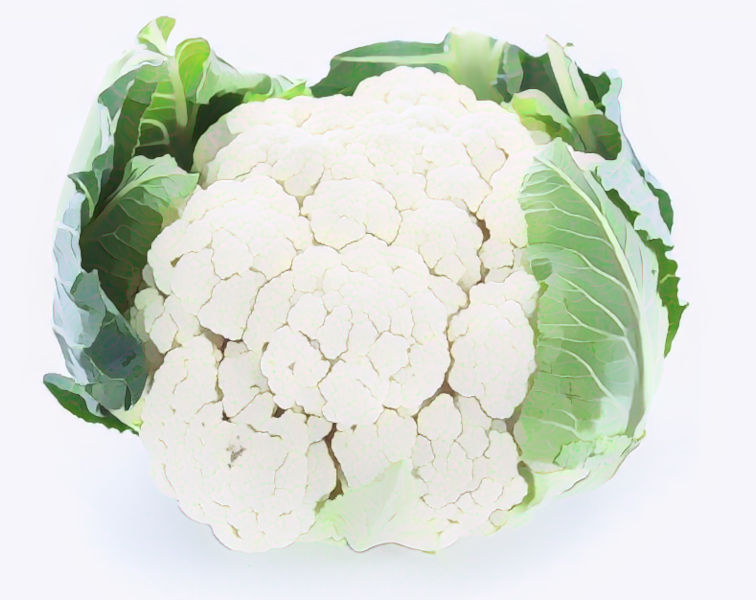
Climate and soil
Temperatures of 20-30 degrees celsius. Single monsoon season lasting four months from June to September. Rainfall amount 700 mm/year. Basaltic soil (black cotton soil).
Seed to plant
We were not able to grow cauliflower very well. It requires cooler temperatures than are typical for our location. With the high temperatures, the flower breaks into smaller buttons instead of giving a nice full flower. Plant a seed at a time a few inches apart at the start of winter. Water twice a day so the soil is fairly moist.
Timeline and harvest
It takes 8-10 days for the seed to give a sapling and about 3 months for the cauliflower to grow. The plants usually cross-pollinate so best to grow many of them together.
Treatment
Treat with Jeevamrutha once a week during growth. Jeevamrutha = 1 part cow dung + 1 part cow urine + 0.2 parts jaggery + 0.2 parts pulse flour and some soil. Cover, keep in shade, mix thrice a day. Incubate and use.
Ecosystem function
Cauliflowers grow close to the ground and beetles and other insects will feed on the cauliflower.
Nutrition
Cauliflower is an excellent source of many different vitamins.
Storage
Since we weren't able to grow cauliflower very well, we did not fuss with the seeds too much. Keep the cauliflower in the ground till you are ready to eat it. It can also be stored in a cool dry place or in the fridge for several weeks. Or you can make cauliflower pickle. For cauliflower pickle, make sure all utensils and spoons are completely dry. Cut, wash and fully dry 1 kg cauliflower. Add salt + turmeric + chilli powder + fenugreek seed powder (this has a bitter flavour and adds some complexity, but is not essential) + pulp from a lemon sized piece of tamarind + juice from one lemon + generous amount of oil. Mix well and keep. The flavour will evolve over the next few days so taste frequently and adjust. This pickle can be stored in the fridge for several months.
More in this category
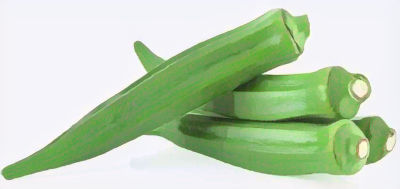 Okra
Lady’s Finger | Okra | Bhindi | Bendakay Learn more!
Okra
Lady’s Finger | Okra | Bhindi | Bendakay Learn more!
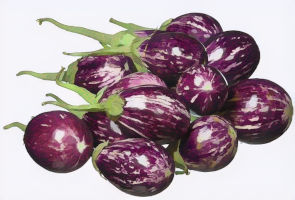 Brinjal
Brinjal | Eggplant | Aubergine | Baingan | Vangi | Vankay Learn more!
Brinjal
Brinjal | Eggplant | Aubergine | Baingan | Vangi | Vankay Learn more!
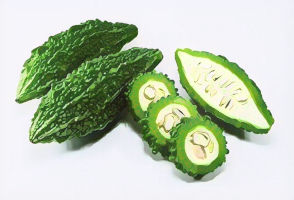 Bitter gourd
Bitter gourd | Bitter melon | Karela | Kakarkay Learn more!
Bitter gourd
Bitter gourd | Bitter melon | Karela | Kakarkay Learn more!
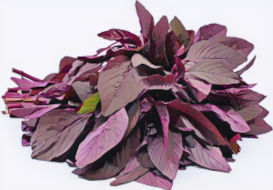 Amaranthus
Amaranthus | (Lal) Math | Thotakoora Learn more!
Amaranthus
Amaranthus | (Lal) Math | Thotakoora Learn more!
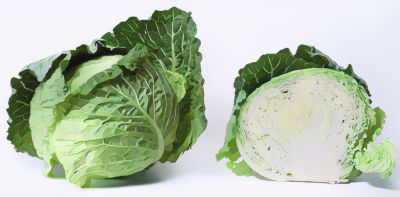 Cabbage
Cabbage | Gobi Learn more!
Cabbage
Cabbage | Gobi Learn more!
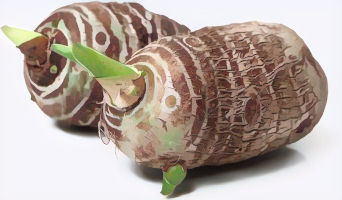 Colocasia
Colocasia | Taro | Arvi | Alu Learn more!
Colocasia
Colocasia | Taro | Arvi | Alu Learn more!